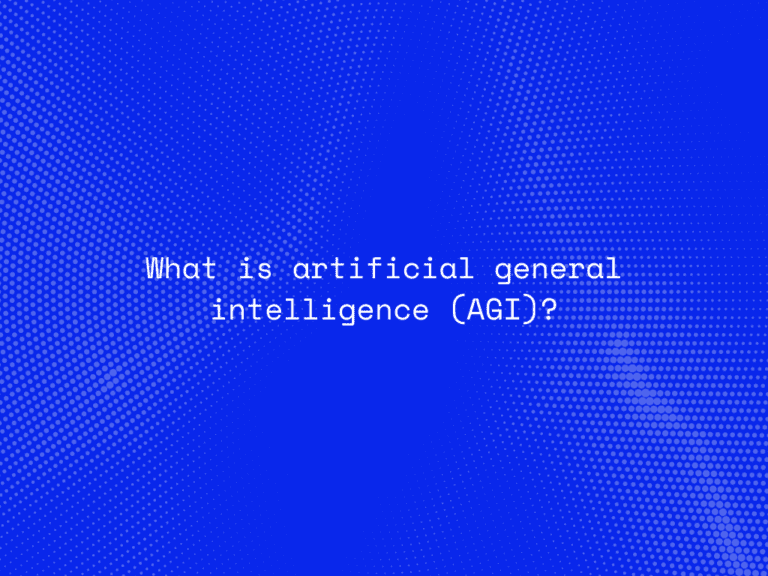In today’s fast-paced digital economy, knowledge is one of the most valuable assets an organization can possess. Yet managing it—capturing, organizing, sharing, and utilizing institutional knowledge—remains a complex and often inefficient challenge.
Traditional knowledge management (KM) systems have largely relied on manual input and static databases, making them prone to becoming outdated or underused. But with the advent of Artificial Intelligence (AI), this paradigm is shifting rapidly. AI is now playing a transformative role in helping companies unlock, structure, and utilize knowledge more dynamically and intelligently than ever before.
This blog explores how AI is reimagining knowledge management across organizations—enhancing collaboration, reducing information silos, and turning data into actionable insight.
The Limitations of Traditional Knowledge Management
Traditional KM tools and intranets often suffer from:
Information Overload: Users struggle to find relevant data in a sea of documents and wikis.
Knowledge Silos: Insights are trapped within departments or individual employees.
Manual Updates: Repositories require human input, which is prone to being outdated or incomplete.
Lack of Personalization: Most systems deliver a one-size-fits-all approach, ignoring individual context or needs.
These limitations slow down decision-making, hinder collaboration, and result in lost organizational intelligence.
How AI Is Transforming Knowledge Management
AI brings automation, intelligence, and adaptability to knowledge management systems. Here’s how:
1. Intelligent Content Discovery and Search
AI-powered search engines can understand context and natural language, making it easier for employees to find the exact information they need. Using NLP (Natural Language Processing), these systems:
Understand questions phrased in everyday language
Provide personalized search results based on role, behavior, and history
Surface related documents, experts, or discussions
This dramatically improves the speed and quality of knowledge retrieval.
2. Automated Knowledge Capture
AI can automatically capture and structure knowledge from various sources like:
Meeting transcripts and emails
Slack or Teams conversations
Customer support tickets
Internal documentation
With technologies like speech-to-text, summarization, and entity recognition, AI ensures that tacit knowledge doesn’t get lost and is recorded for future use—without requiring manual effort.
3. Contextual Recommendations
Modern KM systems can act proactively, recommending documents, FAQs, or experts based on the user’s task, project, or past behavior. This makes knowledge management feel more like a smart assistant rather than a static archive.
For instance, if a user is drafting a proposal, the system might suggest similar past proposals, relevant pricing templates, or team members with domain expertise.
4. Semantic Organization and Tagging
AI can automatically categorize and tag content, eliminating the need for rigid folder structures. Using machine learning, it identifies topics, keywords, and entities, allowing for a more intuitive and flexible organization of knowledge assets.
This helps employees navigate and discover content with ease—even if they’re unfamiliar with the terminology used.
5. Enhanced Collaboration and Expertise Discovery
AI-driven knowledge graphs and recommendation systems help organizations identify internal experts based on project involvement, authored documents, and communication patterns.
This makes it easier to:
Connect people across departments
Build cross-functional teams
Encourage peer learning and mentorship
6. Continuous Learning and Evolution
AI-based KM systems learn from user interactions. Over time, they get better at:
Surfacing the most relevant knowledge
Identifying gaps in documentation
Suggesting updates to stale or outdated content
They can even flag low-engagement documents and recommend revisions, helping keep the knowledge base current and useful.
Real-World Use Cases
Consulting Firms: Use AI to consolidate project knowledge, case studies, and templates, allowing consultants to reuse assets more effectively.
Healthcare Providers: Use AI to surface treatment guidelines, research papers, and expert opinions at the point of care.
IT Support Teams: Use AI chatbots to resolve common issues and learn from support interactions to update internal FAQs.
Legal Departments: Use AI to organize case law, contracts, and legal memos, making compliance and precedent analysis more efficient.
Challenges and Considerations
While AI brings powerful capabilities, organizations must also address:
Data Privacy: Ensuring that sensitive internal information is handled securely.
Bias and Accuracy: Verifying that AI-recommended content is correct and not misleading.
Change Management: Encouraging employees to trust and adopt AI-powered KM tools.
Success lies not only in deploying the technology but also in creating a knowledge-sharing culture that embraces continuous learning.
Conclusion
AI is revolutionizing how organizations think about and manage their internal knowledge. By automating discovery, enhancing search, and proactively surfacing relevant information, AI enables faster decision-making, deeper collaboration, and smarter operations.
In a world where speed and innovation are critical, AI-powered knowledge management is not just a convenience—it’s a competitive advantage. Organizations that harness this power effectively will be better equipped to learn from their past, act in the present, and prepare for the future.




